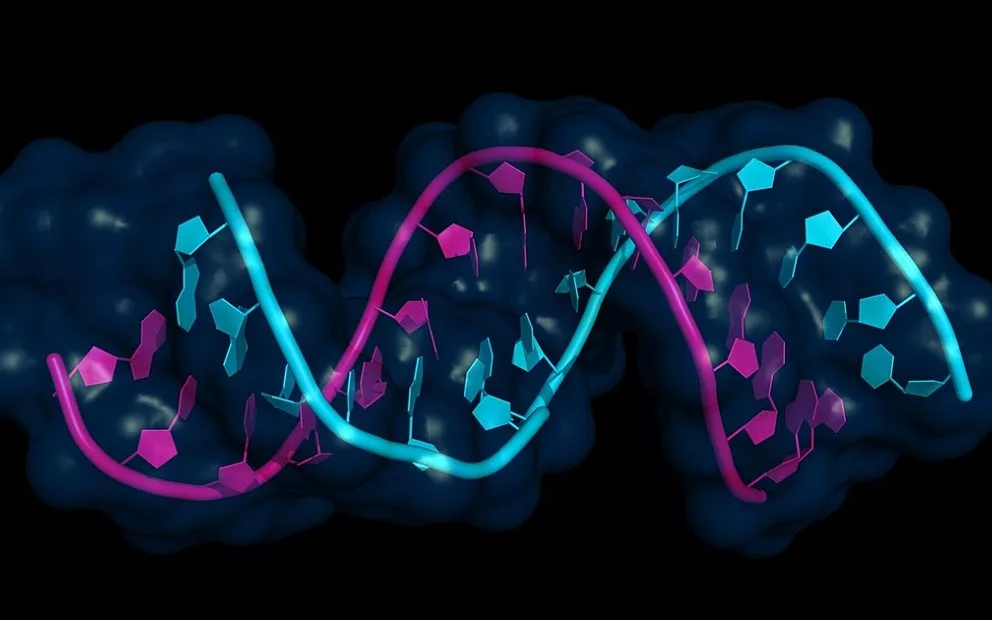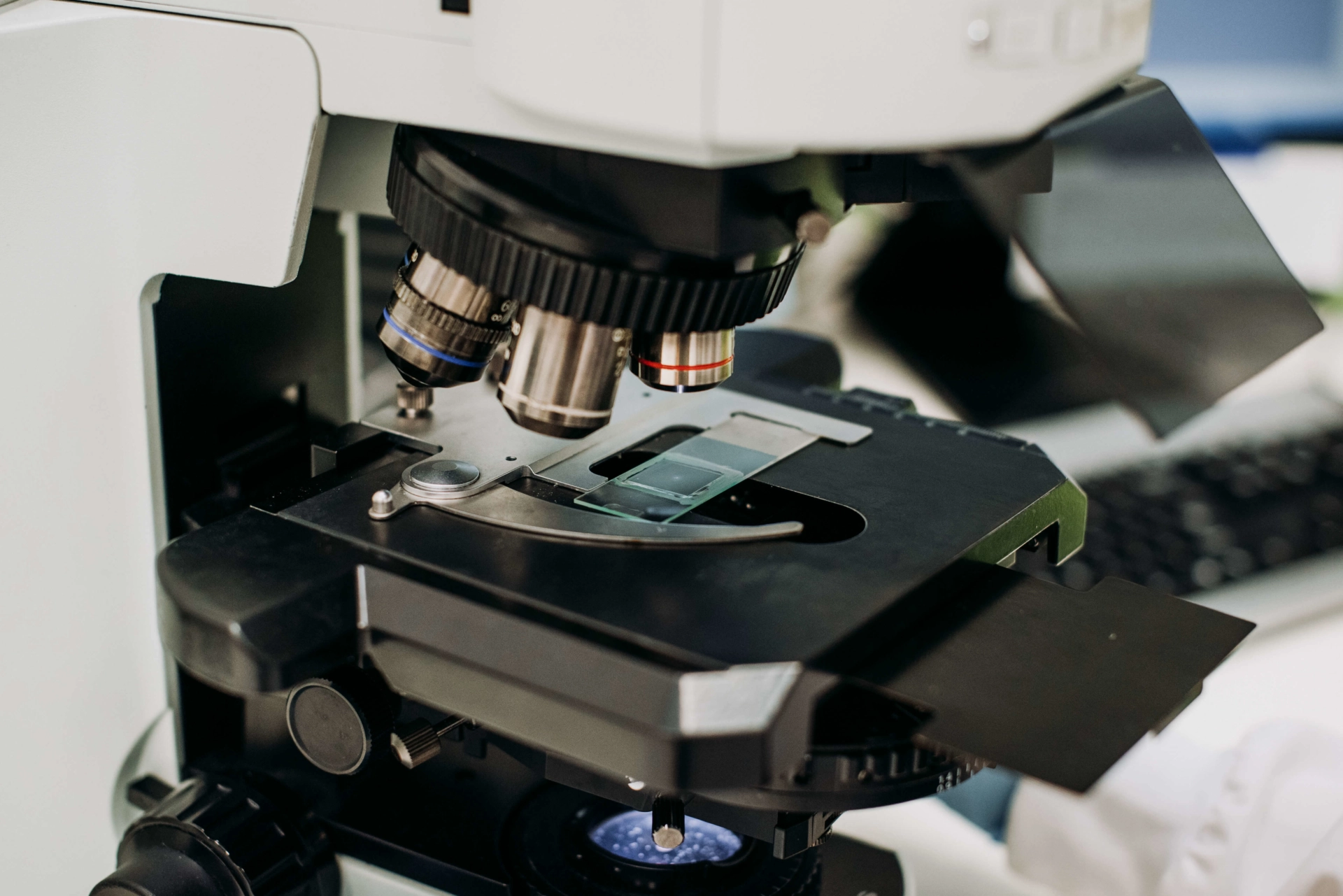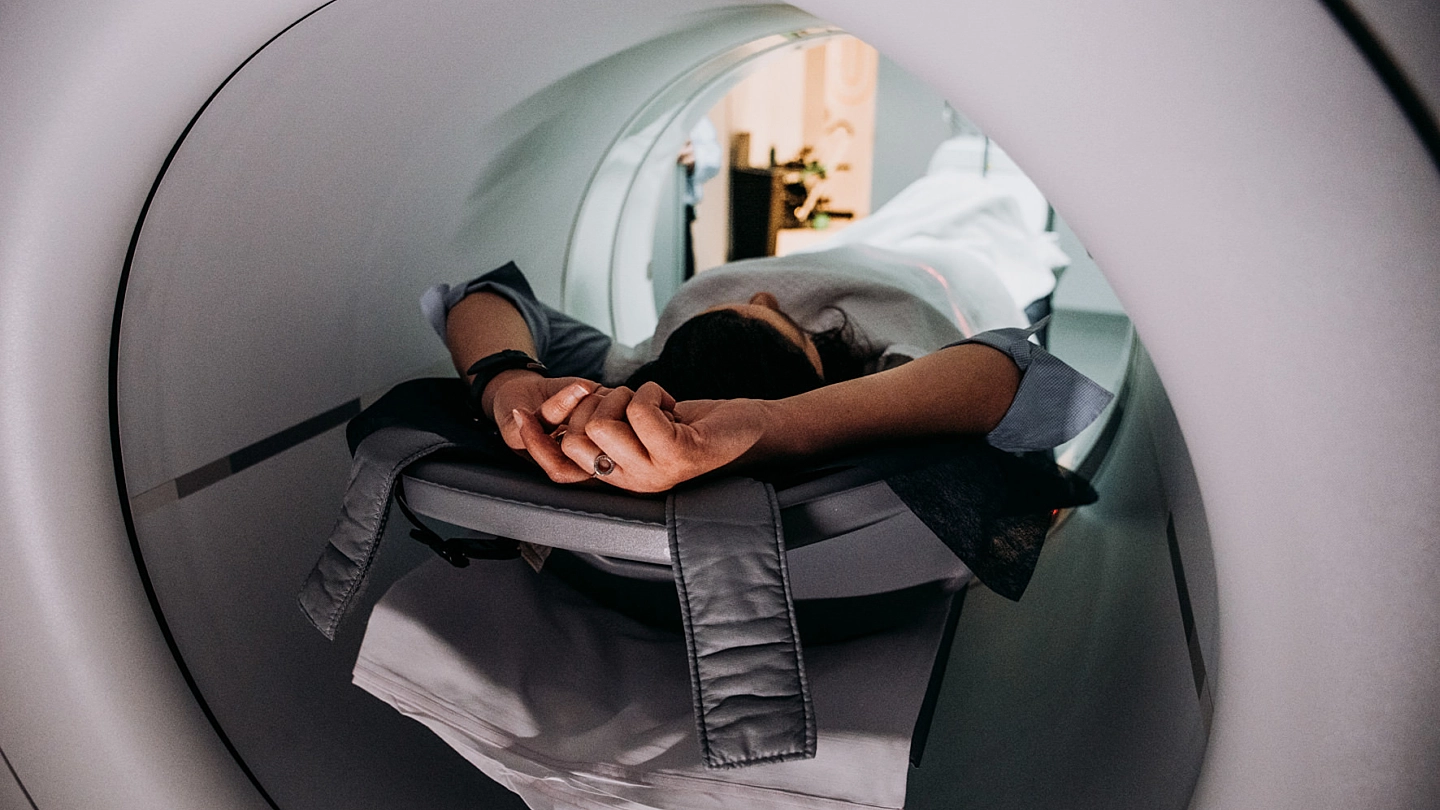SAHMRI researchers have built on past discoveries and taken a major step towards developing effective treatments for currently incurable diabetic wounds.
Associate Professor Christina Bursill first discovered that high-density lipoprotein (HDL), or ‘good cholesterol,’ can greatly accelerate the healing of diabetic wounds in 2016, now she and recent PhD graduate, Dr Khalia Primer, have zeroed in on the mechanism driving this healing effect, with far reaching implications.
“Our latest study reveals that HDL works by restoring the levels of an important enzyme called PDK4, which plays a critical role in enabling skin cells to generate the energy required for repair,” A/Prof Bursill said.
“PDK4 is essential for wound healing, but in diabetes, its levels are often too low, making it much harder for the skin to regenerate and close wounds.”
Diabetes affects 1.7 million Australians at a cost of $14.6 billion each year. Approximately 34% of people with diabetes will develop a diabetes-related foot ulcer (DRFU) during their life.
Around 50,000 Australians are affected by DRFU each year, resulting in 5,000 amputations. People with diabetes living in rural and remote areas, and First Nations people are disproportionately affected.
Dr Robert Fitridge, A vascular surgeon at the Royal Adelaide Hospital and Queen Elizabeth Hospital, has decades of experience treating DRFU, and says there’s a great need for new research discoveries to correct healing problems.
“Diabetic wounds are highly challenging to treat and often fail to heal properly, leaving patients at risk of serious complications,” Dr Fitridge said.
“Even with the best available care, too many wounds remain open for months or even years, increasing the likelihood of infection and amputation.”
“We urgently need better treatments that can heal wounds faster and more reliably. If we’re able to intervene earlier and promote more effective healing, we could potentially prevent thousands of amputations each year and significantly improve outcomes for people living with diabetes.”
By understanding the mechanism behind HDL’s healing effects, researchers have opened the door to more targeted treatments that could transform diabetic wound treatment.
“This gives us a much clearer picture of how HDL can be harnessed to enhance the body’s own healing processes,” Dr Primer said.
“In future, we could develop therapies that directly target PDK4 or enhance HDL function.”
This study paves the way for the development of more precise, effective treatments that could help millions of people manage the complications of diabetes and avoid the devastating effects of non-healing wounds.





